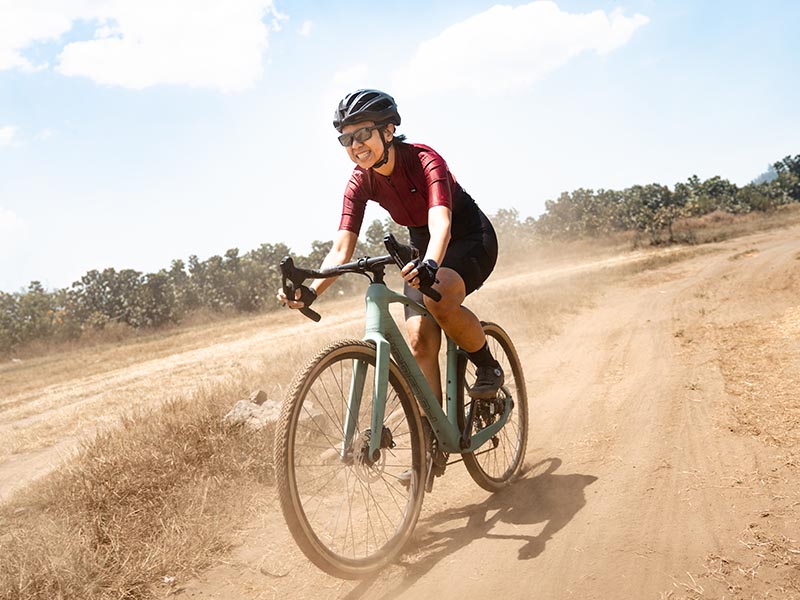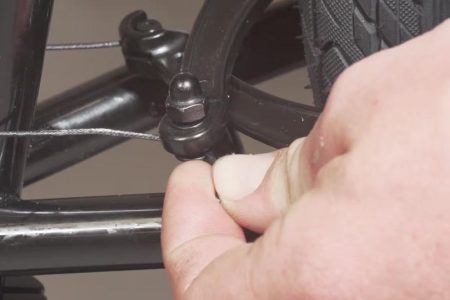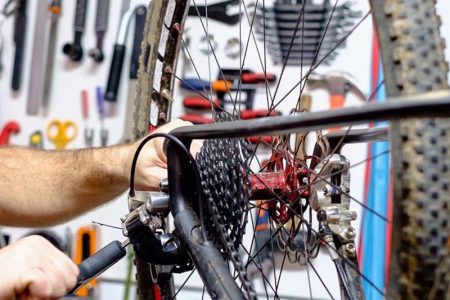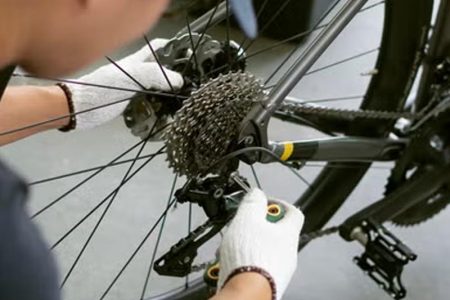Could the Right Gravel Bike Setup Replace Your Car?
Imagine zipping through city streets or cruising over a gravel path on your way to work, your gravel bike loaded with just what you need, feeling fast, comfy, and ready for anything.
A gravel bike setup transforms this versatile ride into the ultimate daily companion, perfect for commutes, errands, or spontaneous spins across US cities or trails.
From urban paths in Seattle to rural routes in Colorado, this guide shares how to tweak your gravel bicycle for everyday life, with tips to inspire cyclists worldwide.
Why a Gravel Bike Setup Matters
A gravel bike isn’t just for weekend trail adventures—it’s a do-it-all machine that shines in daily routines. With the right gravel bike setup, you can tackle pavement, gravel, or even light trails while staying comfortable and practical.
Whether you’re dodging potholes in Chicago or pedaling to a coffee shop in Austin, the right tweaks make your gravel biking experience seamless. Here’s how to set up your gravel bike for everyday awesomeness.
1. Lights: Your Everyday Safety Essential
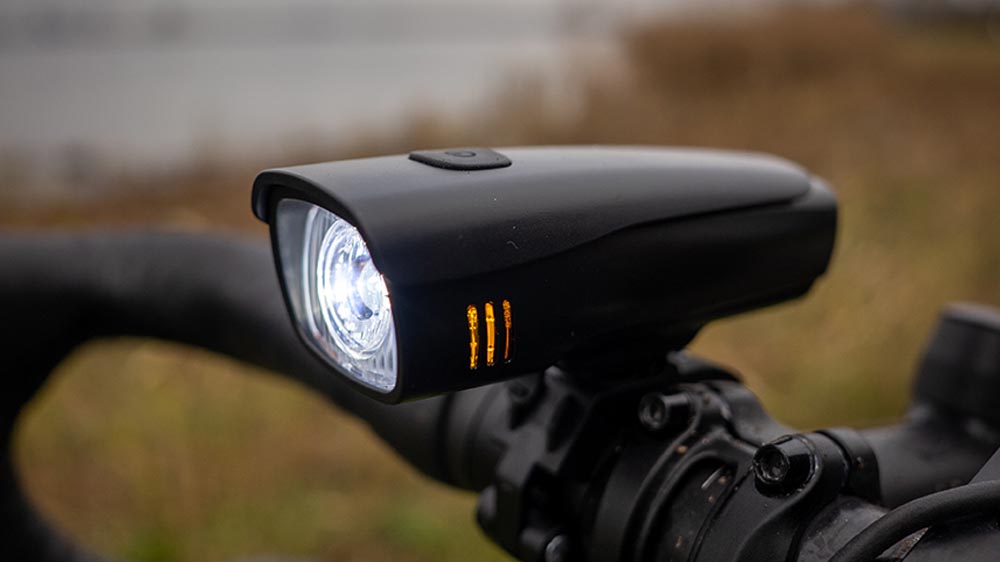
If you ride before sunrise, after dark, or through poorly lit streets, reliable lights aren’t optional—they’re critical.
- Front lights help you spot potholes, gravel patches, or uneven road surfaces. For most city commutes, a 300-lumen light does the job, but if your route includes darker sections, aim for 500 lumens or higher.
- Rear lights keep you visible to drivers and fellow cyclists. Choose one with a flashing or pulsing mode for maximum attention without blinding anyone.
Rechargeable LED models are the most convenient since you can plug them in at your desk or at home. Some newer options even include smart features like auto-adjusting brightness or motion sensors that turn the light on when you start riding.
2. Fenders: Stay Clean, Ride Smart
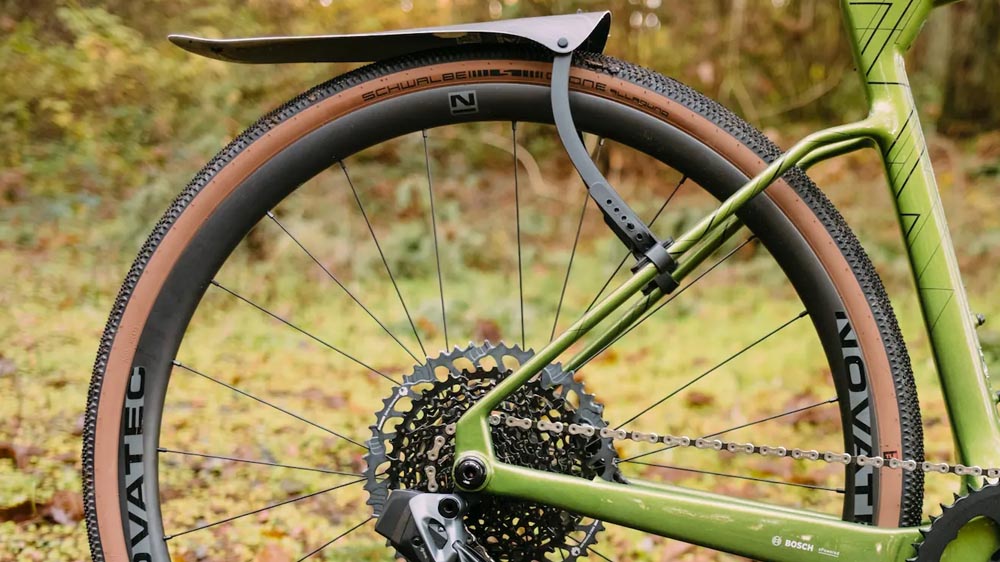
Nothing ruins a ride faster than showing up with a stripe of mud up your back. Full-coverage fenders are an underrated upgrade for any gravel bike setup, especially if you want to use your bike in all weather.
- Full-length fenders are perfect for year-round commuters who don’t let a little rain stop them.
- Clip-on fenders give you the flexibility to remove them when the sun’s out.
Besides keeping your clothes clean, fenders also protect your drivetrain from water and grit, extending the life of your chain and cassette. Just make sure you pick fenders that match your wheel size and tire clearance.
3. Storage Solutions: Carry What You Need
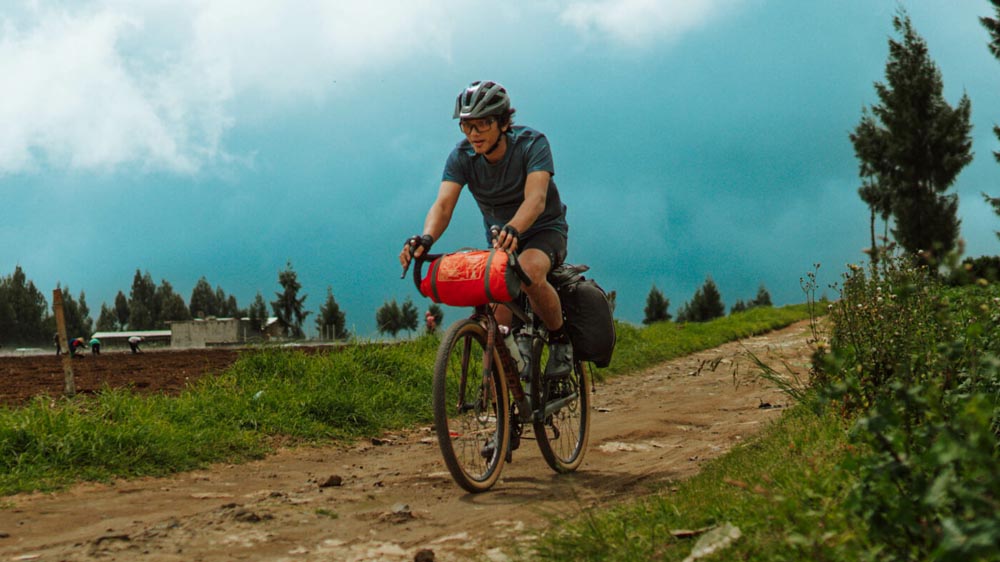
Turning your gravel bicycle into a true daily driver means adding smart storage options. Ditching the heavy backpack will make your rides more comfortable and enjoyable.
- Frame bags fit neatly inside the bike frame—perfect for snacks, tools, or a phone charger.
- Handlebar bags give you quick access to essentials like your wallet, keys, or sunglasses.
- Saddle bags are ideal for small repair kits and spare tubes.
- Rear racks with panniers are the ultimate setup for groceries, work gear, or a change of clothes.
For unpredictable weather, look for waterproof materials and sealed zippers. You’ll thank yourself when an unexpected rainstorm hits.
4. Choosing Wheels: 700C vs 650B
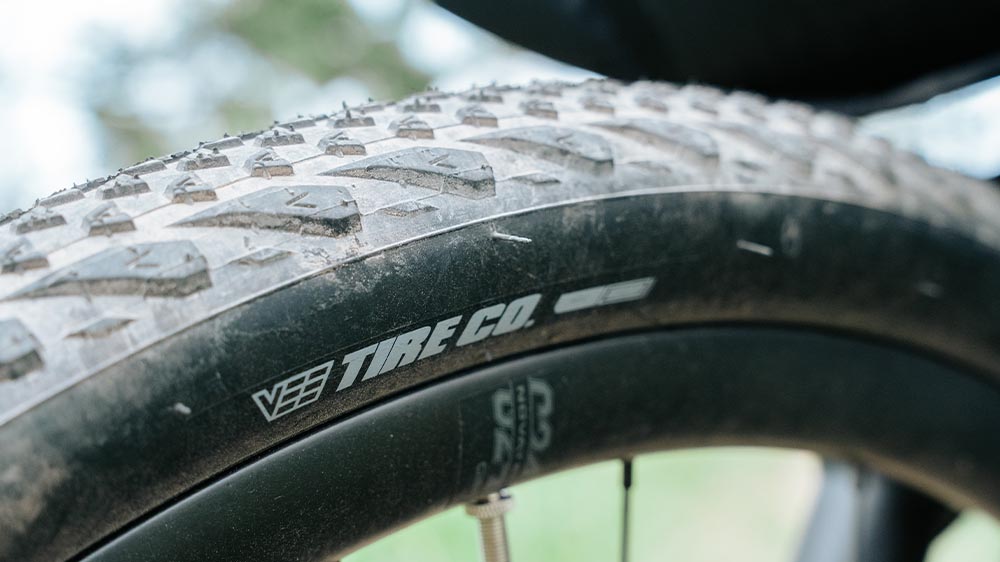
Your wheel choice affects how your gravel bike feels on a daily basis.
- 700C wheels with 35–40mm tires roll faster and are perfect for commutes that stick mostly to smooth pavement.
- 650B wheels with wider tires (up to 50mm) provide extra comfort and grip, making them great for rough paths, gravel shortcuts, or city streets full of cracks and bumps.
Some riders even keep both wheelsets, switching them out depending on whether it’s a fast weekday commute or a relaxed weekend ride.
5. Handlebar & Cockpit Setup: Comfort Comes First
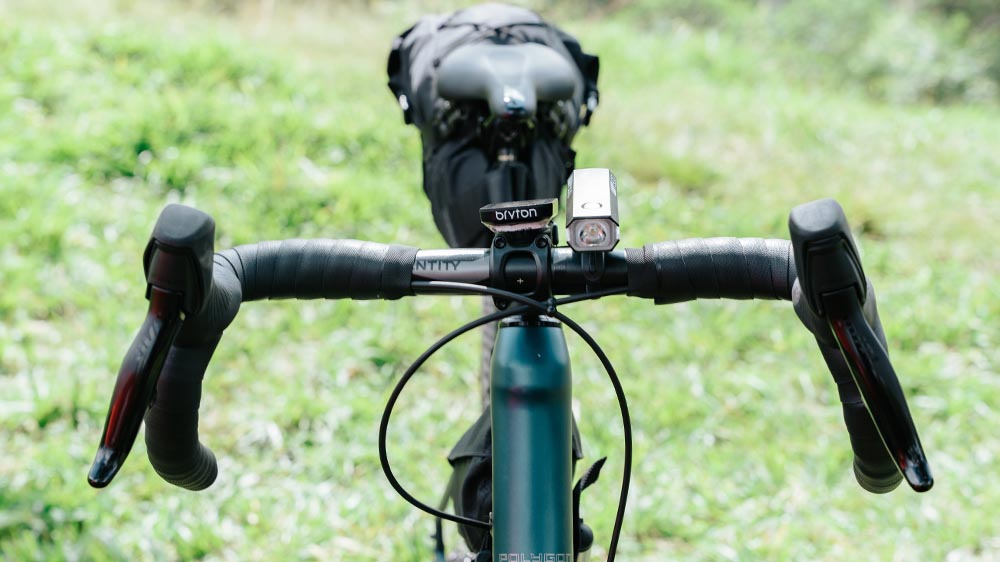
The right cockpit adjustments can make all the difference in comfort and control.
- Bar tape: Thicker or gel-padded tape absorbs vibrations, saving your hands from fatigue.
- Stem adjustments: A slightly shorter or higher stem can put you in a more upright position, easing strain on your back and neck.
- Accessory mounts: Add space for your phone, GPS, or even an extra light.
An upright position also improves visibility in traffic, giving you a better view of the road and more confidence in busy city environments.
6. Gearing: Keep It Simple
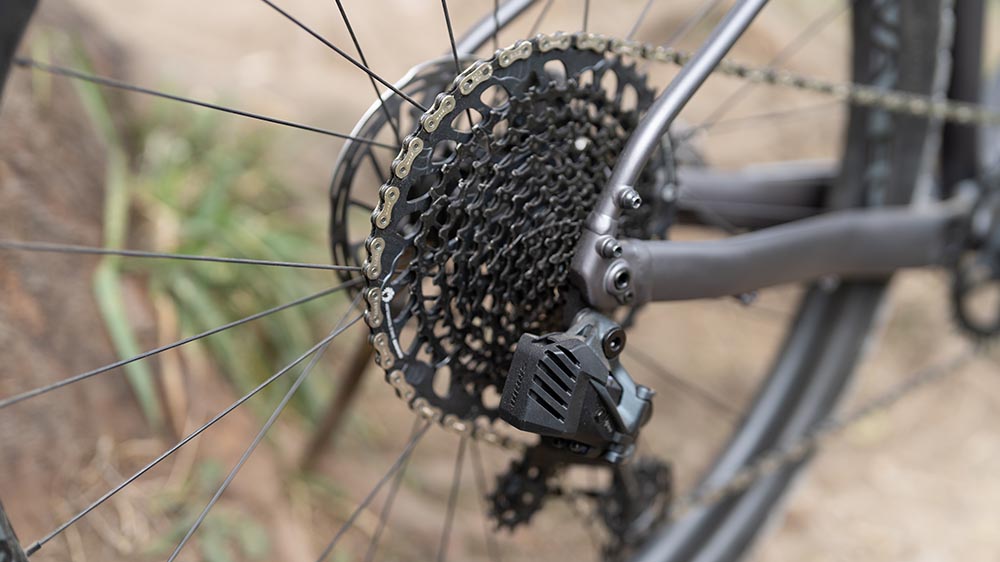
Many modern gravel bikes come with a 1x drivetrain, which means there’s only one chainring up front. For daily life, this simplicity is a huge advantage:
- Less maintenance with fewer components.
- Lower gearing makes stop-and-go traffic and hill climbs less exhausting.
- Wide-range cassette still gives you plenty of options for flat-out speed or steep inclines.
Unless you’re chasing top speed on long road rides, the benefits of a 1x setup often outweigh a traditional 2x system.
Read also:
- Gravel Riding History Deep Dive
- First Gravel Bikepacking Starts Here
- 5 Gravel Bike Speed Tips On Road
Tips for Your Gravel Bike Setup
- Test Your Setup: Try different tire sizes or stem heights to find what feels best.
- Prioritize Safety: Always use lights and a helmet for urban or rural rides.
- Join a Community: Connect with gravel biking groups in cities like Portland or Austin for tips and rides.
- Start Simple: Add one upgrade at a time, like fenders or a frame bag, to keep costs low.
Get Your Gravel Bike Ready Today
Ready to turn your gravel bike into the ride you reach for every day? With the right gravel bike setup, you can enjoy a machine that’s as reliable on your morning commute as it is on weekend adventures.
Polygon’s gravel lineup like the Polygon Bend series, perfect for bikepacking and long explorations, and the Path X series, built for speed and daily versatility, offers options designed to match your lifestyle. Whether you’re rolling through Denver, Chicago, or your local trails, these bikes are made to handle it all.
So grab your gear, fine-tune your setup, and join your local cycling crew. With Polygon’s gravel bikes, your next great ride could start right outside your door.









